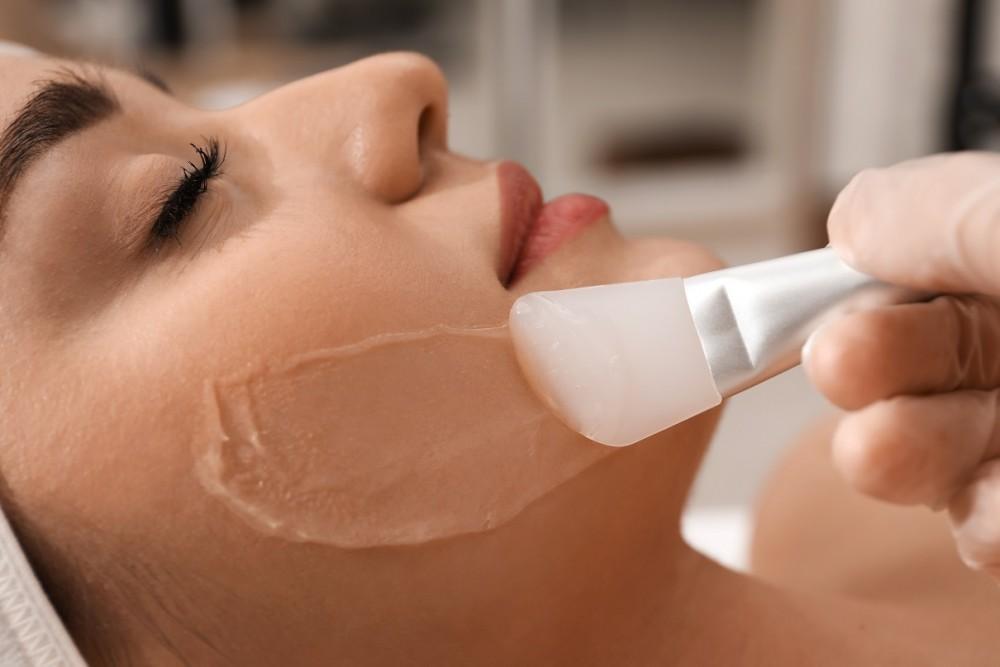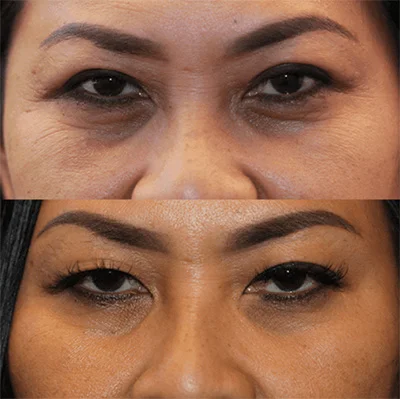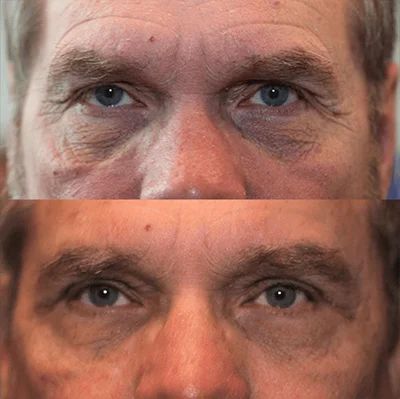
Like many people, you probably aren’t 100% pleased with your skin. Over the years, you may have developed acne scars, fine lines, or age spots. But with so many different cosmetic treatments on the market, how do you know what’s right for you?
Here at Arizona Ocular and Facial Plastic Surgery, Dr. Dustin Heringer and our team know that every patient is unique, and it’s important to tailor any treatment to their individual needs and goals. That’s especially true for the chemical peel, which can be used for a wide range of skin issues.
Here’s what you need to know about this option that can boost your complexion and your self-confidence.
How chemical peels work
Chemical peels work by using an acid solution to remove the top, damaged layers of skin, creating a wound in the skin tissue. Your body responds by working to heal the area. One way it does this is by removing old, worn-out cells and triggering a round of new collagen production.
The new structural proteins give your skin back the strength and suppleness that normally diminishes with age. Your skin appears younger and fresher and free from many of the blemishes that marked it before.
While chemical peels are usually done on the face, they can also be used on the neck and hands.
These peels can correct seven common skin problems:
- Fine lines and wrinkles such as around the eyes or mouth
- Areas of hyperpigmentation such as age spots, freckles, and solar lentigines
- Uneven skin tone
- Uneven pigmentation such as rosacea and melasma
- Acne breakouts
- Skin texture: smooths out rough skin, acne scars
- Actinic keratosis
Actinic keratoses are precancerous lesions that appear as small, dry, scaly or crusty patches that vary in color and are sometimes raised, so they’re often easier to feel than see.
Chemical peels can’t treat deep facial lines, tighten loose skin, change pore size, or eliminate deep scars. These require other treatments, such as laser resurfacing, dermal fillers, or a brow lift.
3 types of chemical peels
There are three types of chemical peels, determined by how deep the solution goes. The deeper the peel, the longer the recovery takes.
1. Light (superficial) chemical peel
The light peel uses either glycolic acid or salicylic acid to remove only the outermost skin layer, the epidermis. It can help treat fine wrinkles, acne, uneven skin tone, and dryness.
You rarely need any anaesthetic or pain relief during the procedure, and you can repeat the peel every 2-5 weeks.
2. Medium chemical peel
A medium peel removes cells from the epidermis, as well as from parts of the upper dermis layer just beneath it, using trichloroacetic acid, sometimes in combination with glycolic acid. It’s used to treat uneven skin tone, deeper wrinkles, and acne scars.
Because this is a deeper peel, you may need a sedative and a painkiller to remain comfortable during the treatment. You can repeat the peel every 6-12 months.
3. Deep chemical peel
A deep chemical peel penetrates cells below the upper dermis layer, using a carbolic acid (phenol) solution. Deep peels are great to treat deeper wrinkles and scars or remove precancerous growths.
You may require a sedative as well as something to numb the treatment area, and we’ll give you fluids through an IV to ensure you stay hydrated. Deep peels are a one-and-done affair.
If you have skin problems that give you pause, Arizona Ocular and Facial Plastic Surgery has got a solution that works. To learn more about chemical peels, or to schedule a consultation, give our Scottsdale office a call at 480-448-0367, or book online with us today.



